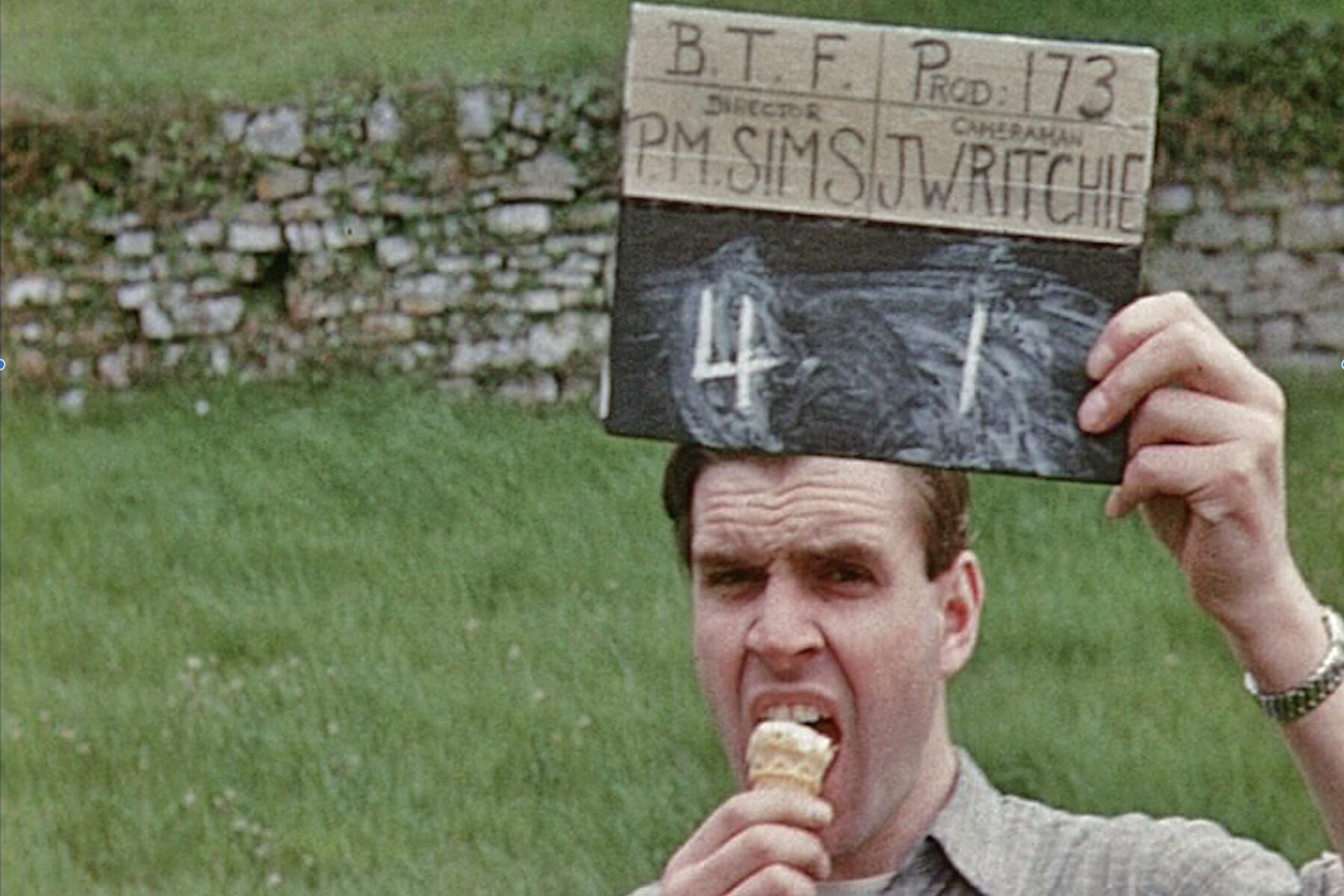 “The visual style of the film is the province of the lighting director, David Watkin, whose work on Charge of the Light Brigade particularly impressed [Mike] Nichols. Watkin has the disarming habit of, when being asked a direct question, answering with “Well-…” and then leaving the room. He has spent a great part of the rehearsal week lying on his back and staring through a dark filter at the sky. Some of us believe he is trying to perform a miracle. Others are sure that he simply sleeps in that position.
“The visual style of the film is the province of the lighting director, David Watkin, whose work on Charge of the Light Brigade particularly impressed [Mike] Nichols. Watkin has the disarming habit of, when being asked a direct question, answering with “Well-…” and then leaving the room. He has spent a great part of the rehearsal week lying on his back and staring through a dark filter at the sky. Some of us believe he is trying to perform a miracle. Others are sure that he simply sleeps in that position.
Clive Reed, the first assistant whose job is to see that everybody’s job gets done, handles Watkin (as he does the others) with the style of of a somewhat whimsical concentration camp director. When Watkin’s fascination with the sun, seems to approach a cataleptic trance, Reed will inform him that a tarantula is approaching.”
When this account was read to him, David explained Buck (who he adored) had simply failed to understand the technical purpose of the exercise. Pressed about sleeping, he agreed there was a distinct possibility.
The reference to the spider still caused him to shudder and pale.
The Film
Catch-22 is a 1970 satirical war film adapted from the book of the same name by Joseph Heller. Considered a black comedy revolving around the “lunatic characters” of Heller’s satirical anti-war novel, it was the work of a production team which included director Mike Nichols and screenwriter Buck Henry (who also acted in the film). They worked on the film for two years, and accomplished the tasks of recreating a World War II bomber base and converting Heller’s complex novel to the more streamlined medium of a feature film.
Along with Henry, the cast included Alan Arkin, Bob Balaban, Martin Balsam, Richard Benjamin, Italian actress Olimpia Carlisi, French comedian Marcel Dalio, Art Garfunkel, Jack Gilford, Bob Newhart, Anthony Perkins, Paula Prentiss, Martin Sheen, Jon Voight and Orson Welles. Garfunkel made his acting debut in the film.
